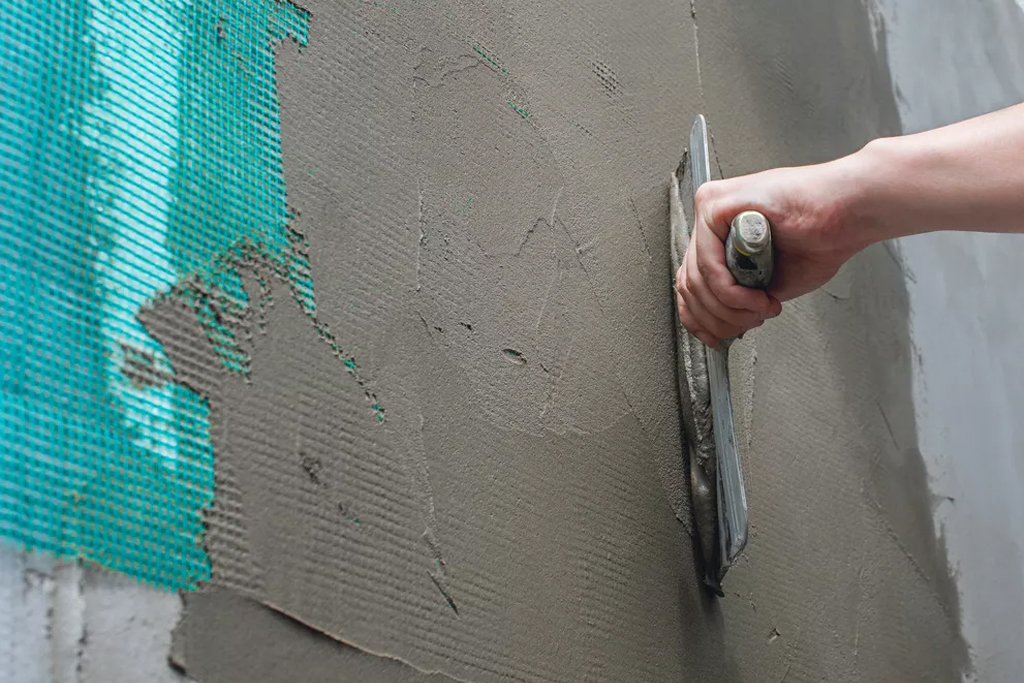
Why You Need HPMC in Dry Mix Mortar?
In the formulation of dry mix mortars, HPMC (hydroxypropyl methylcellulose) plays an important role. If you haven’t used HPMC before, you might not know how it contributes to a smooth, consistent mortar that is easy to construct. In this article, you will learn why HPMC is beneficial when used in dry mix mortars. Some of the many benefits offered by this additive can be found below.
What is HPMC?
HPMC (Hydroxypropyl methylcellulose), also known as hypromellose, is a kind of non-ionic cellulose mixed ether. The finished product is a white powder or loose fibrous, and its particle size passes an 80-mesh sieve. It has no odor, taste, or toxicity. It does not react with heavy metals. As a result of the different methoxyl and hydroxypropyl contents and the different viscosity, the final product is a different variety. HPMC is actually methyl cellulose modified by epoxy methane (methyl oxirane), so it has the characteristics of being soluble in cold water and insoluble in hot water similar to methyl cellulose. The solubility in organic solvents is better than water solubility. A broad range of organic solvents can dissolve the product, including methanol, ethanol, dichloromethane, trichloroethane, acetone, isopropanol, diacetone alcohol, etc.

HPMC can be found in a wide range of applications, including construction, building materials, dispersible coatings, wallpaper paste, polymerization additives, paint removers, leather, ink, and paper-making. Its applications are thickeners, adhesives, water retention agents, film-forming agents, excipients, and binders. In the building materials industry, it is used as a binder, thickener, and water-retaining agent; in the coating industry as a film-forming agent and thickener; In addition, it is widely used in oil drilling and daily chemical industry.
Why is HPMC Important in Dry Mix Mortar?
The production process of HPMC is mainly a polysaccharide-based ether product produced by alkalization and etherification of wood pulp or cotton fibers (domestic). Since it has no charge, it reacts with no charged ions in the gelling material, and its performance is stable. In addition, it is less expensive than other types of cellulose ethers, which makes it ideal for dry mix mortars.
HPMC is often used in dry mix mortar as water retention and thickening agent. It can increase the wet viscosity of fresh mortar and prevent segregation. Water retention is also important; as it allows the cementitions material to have more time to hydrate after the mortar has been applied. A significant increase in water retention can be achieved by adding a small amount of HPMC to the dry mix mortar. When the content reaches a certain level, the tendency to increase water retention slows down. As the ambient temperature increases, the water retention capacity of HPMC generally decreases. However, some modified HPMCs have better water retention capacity even at high temperatures. It also has air-entraining properties, which improve mortar’s workability by introducing fine air bubbles.
For dry mix mortar, the addition of a little HPMC can significantly improve the performance of the wet mortar. HPMC has been shown to be an important additive affecting the construction performance of mortar.
3 Benefits of Adding HPMC to Your Dry Mix Mortars
Water retention, thickening, and improvement of construction performance are the primary benefits of HPMC in dry mortars.
1. Water retention
Water retention is one of the most important indicators of the quality of HPMC, particularly in the thin-set construction of cement mortar and gypsum-based products. By improving water retention, mortar can be prevented from drying out too quickly or from insufficient hydration, causing it to lose strength and crack.

2. Thickening
As a thickening agent, HPMC performs very well. Added to dry mortar, it can increase viscosity thousands of times and provide better bond strength, fluidity, structural stability, and sag resistance.
3. Workability
With HPMC, mortars can have good fluidity and suitable air entrainment. Thus, the mortar’s density can be reduced, the workability can be improved, and the mortar’s output can be increased. Additionally, the air remaining in the mortar makes the final products more thermally insulating.

Typical Applications of HPMC in Dry Mix Mortars.
When HPMC is added to the plastering mortar, it increases water retention, allowing the cement to fully hydrate and improving bond strength as well as tensile and shear strength. As a result, the construction effect is greatly enhanced, and work efficiency improves.


In the putty, HPMC primarily plays the role of water retention, bonding, and lubrication, preventing cracks and dehydration caused by excessive water loss and at the same time enhancing the adhesion of the putty and reducing the sagging phenomenon during construction, thereby ensuring a relatively smooth construction process.
3. Gypsum Plaster
In gypsum-based products, HPMC plays an important role in retaining water and increasing lubrication. It also has a certain retarding effect, which prevents hollow cracking and unreachable initial strength during construction, and prolongs operating time.


In EIFS/ETICS, HPMC facilitates bonding and increases strength, makes mortar easier to coat, and increases efficiency at the same time. It also has a stronger anti-sag effect and higher water retention, thereby prolonging mortar working time, reducing shrinkage and cracking, improving surface quality, and improving bond strength.
With HPMC added to the tile adhesive formula, water retention properties are improved, which reduces the amount of moisture absorbed by the substrate and tiles in the mortar and retains moisture as much as possible in the binder, so that the mortar can be applied for a long period of time, while still maintaining adhesiveness and extending the open time significantly. Furthermore, the proper viscosity of the mortar will give it consistency, improve its wetting ability, and increase adhesion.


6. Joint Filler/grouts
HPMC in grouts provides high abrasion and shrinkage resistance, protecting the base material from mechanical damage and preventing infiltration.
Adding HPMC to self-leveling compounds improves fluidity and self-leveling capability, and controls the water retention rate, so it sets quickly and reduces cracking and shrinkage.

Final Words
The amount of HPMC added to dry mortar is very low, but it can significantly improve the performance of wet mortar, and it is the main additive that affects the performance of mortar during construction. HPMC primarily plays a role in water retention, thickening, and improving the performance of dry mix mortars. With the right grades and additions of HPMC, dry mortar performance can be improved.
The HPMC is currently considered to be on the cutting edge of technology, but its temperature dependence can still adversely affect the performance of dry mortars. Workability and crack resistance still cannot meet user needs despite increased dosage (summer formula). Some manufacturers can improve HPMC’s performance under harsh conditions by increasing the degree of etherification so that it is able to retain more water at higher temperatures.
Therefore, HPMC is only effective if the right grade is selected and used. At present, it is common for unscrupulous businessmen to compound HPMC, and the quality is very poor. Choosing the right HPMC is the responsibility of corporate laboratory staff. To ensure that the mortar product is stable, the laboratory should conduct experiments when selecting HPMC.
Contact Us
For more information, product TDS, COA, SDS, and free samples




